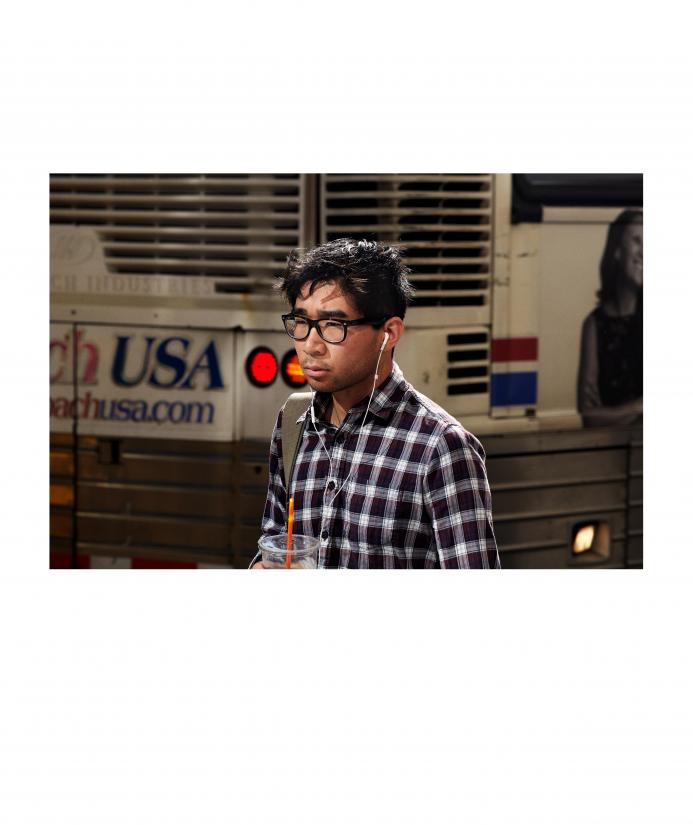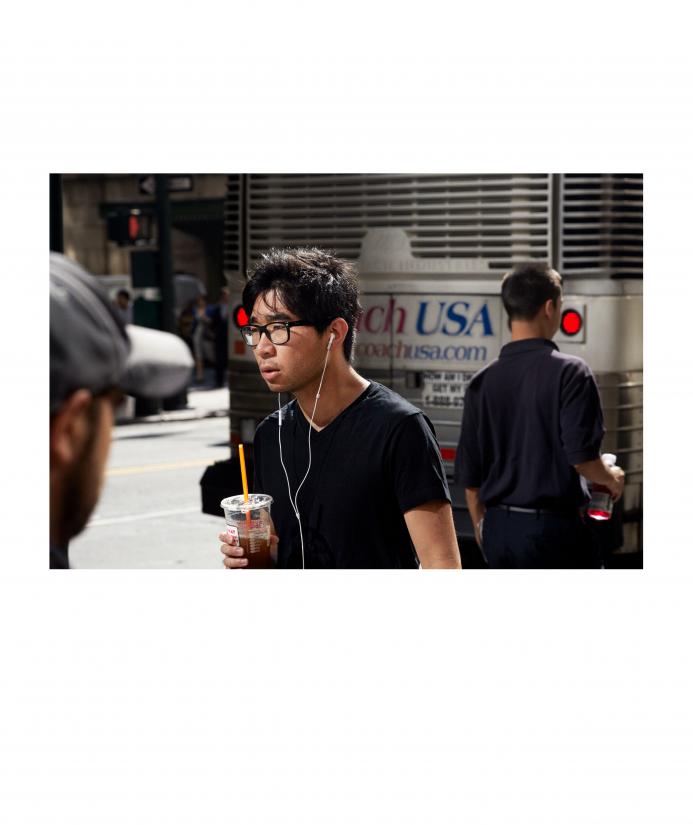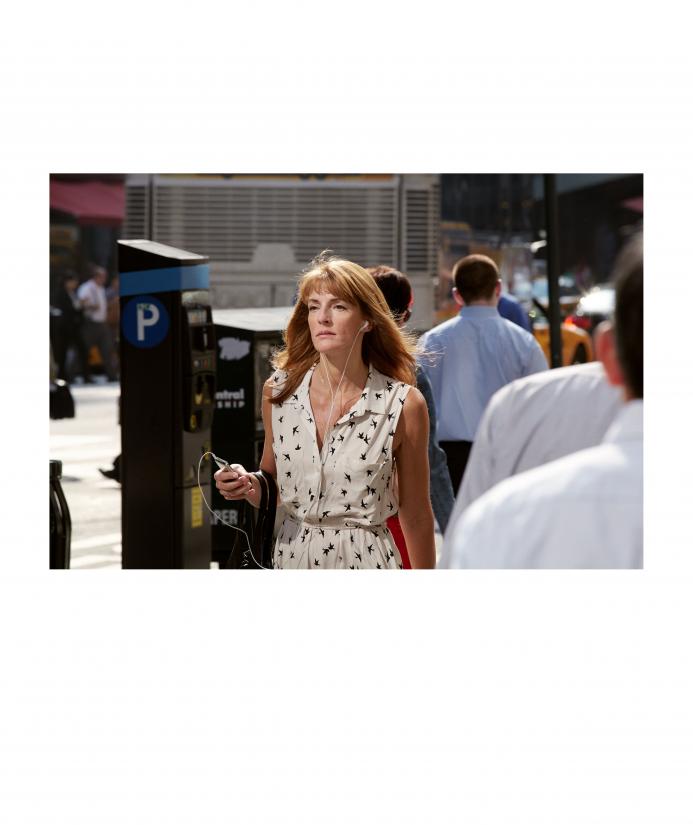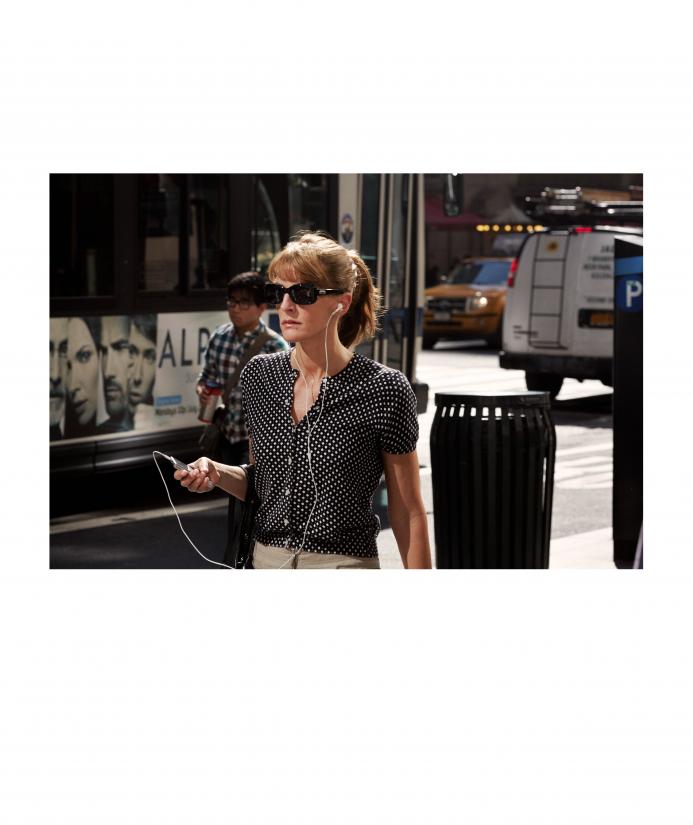During 2007–2016 Peter Funch regularly joined the morning bustle in Manhattan’s Midtown area to observe the people passing by. Initially, the photographer did not have a specific plan, but he soon began to recognize faces in the crowd and took pictures of the same pedestrians day after day.
Everyday rituals captured through the photo lens
42nd and Vanderbilt, which is named after the street corner where Peter Funch did his observations, is in fact a portrait series. After taking the photographs, the artist collated the pictures of the respective individuals to form photographic diptychs or triptychs. What began as an exercise in spotting recurring persons in an anonymous crowd soon developed into a more complex insight into our individual habits and rituals. Some people always wear earbuds, others smoke while they walk. Some meet the eye of the lens with a curious gaze, while others stubbornly look straight ahead. Clothes, gestures and body language recur so frequently that some photos appear to have been shot only a few moments apart, when in fact they may have been taken over a span of weeks, months or even years.
The everyday situations in the pictures will be familiar to most people, but the photographic framing generates a certain sense of detachment. Although the persons are depicted in minute detail, they are simultaneously completely anonymous. In the encounter with the work, both the subjects’ day-to-day behaviour and the beholder’s own curiosity are revealed and showcased. In an age of SoMe and mass surveillance, 42nd and Vanderbilt offers a subtle comment on the ever-changing relationship between anonymity and exposure, private and public.
New photograph joins the V&A collection
V&A owns one of the world’s biggest photo collections, featuring examples of everything from early daguerreotypes to the latest developments in digital pictorial art. 42nd and Vanderbilt belongs somewhere between street photography, performative portraits and social studies, and with the donation from the New Carlsberg Foundation it will make an important contribution to the museum’s engagement with contemporary photography. The 15 photographs selected by the museum will find their future home in its new Photography Centre, which both houses the extensive collection and undertakes research and education activities.







